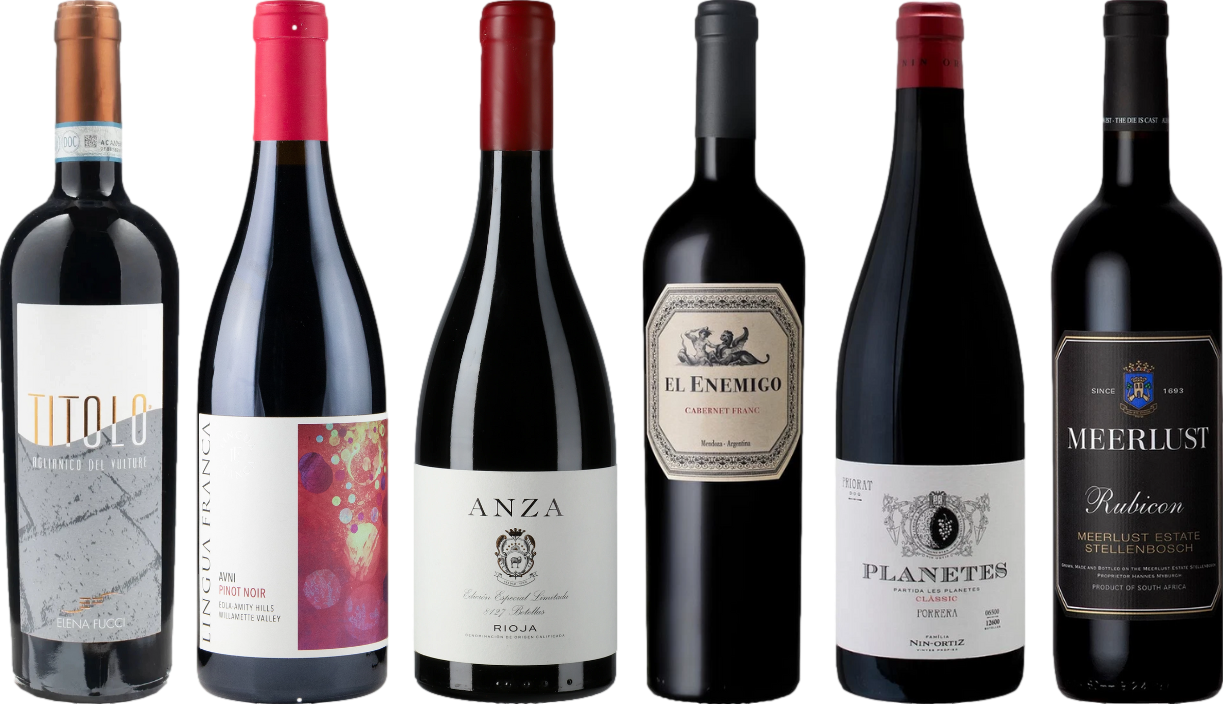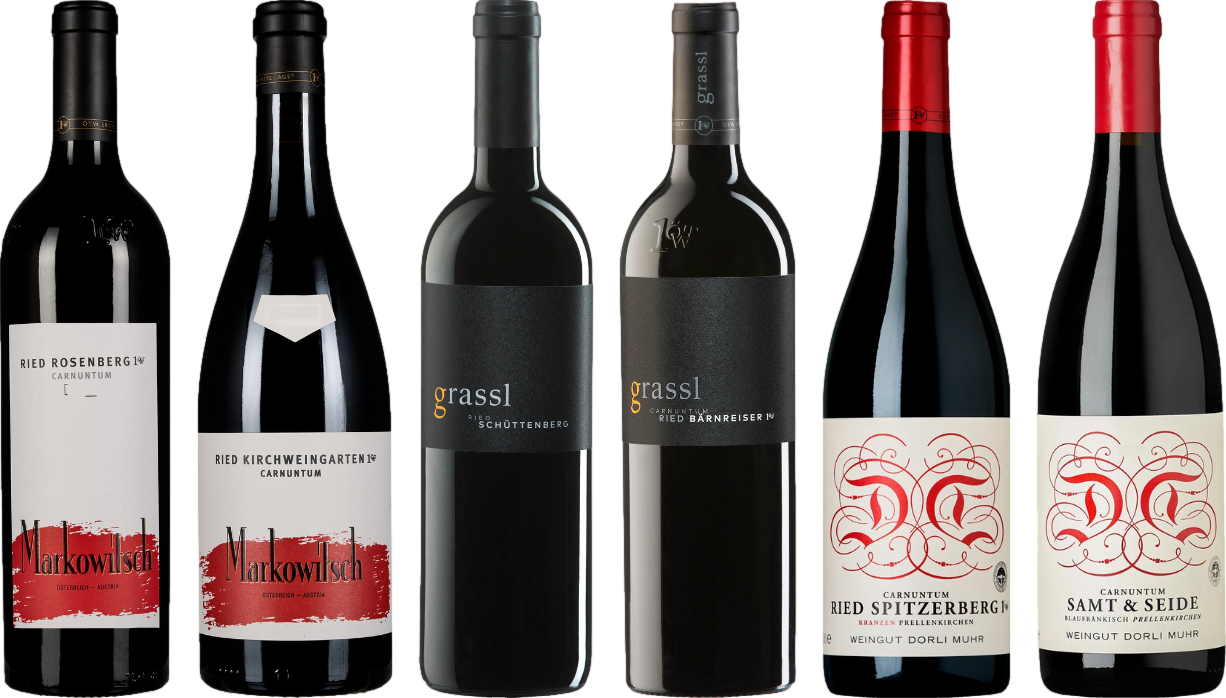



Incorporating moderate amounts of fermented grape juice into your routine might lead to favorable outcomes in managing body mass. Research indicates that polyphenols, particularly resveratrol found in these beverages, may assist in regulating metabolism and promoting fat oxidation.
Moreover, studies reveal that the antioxidants present can enhance insulin sensitivity, potentially reducing the risk of obesity-related conditions. A glass of this beverage, enjoyed alongside a balanced meal, can create a satisfying experience without excessive calorie intake. Prioritizing quality over quantity is key; select options with lower sugar content to maximize health benefits.
It’s crucial to approach this practice with mindfulness. A consistent routine that includes physical activity and a nutritious diet remains foundational. While the allure of fermented grape juice may be enticing, moderation is paramount. Aim for a serving that complements your lifestyle rather than detracts from your goals.
Impact of a Specific Beverage on Body Composition
Moderation is key. A daily serving of this particular fermented beverage can contribute positively to a balanced diet when combined with a healthy lifestyle. Some studies suggest that compounds like resveratrol may influence metabolism, potentially aiding in fat reduction.
Incorporate this drink into meals rather than consuming it alone. Pairing with food enhances the overall experience and may help regulate appetite. The presence of antioxidants can also support overall health, which is crucial during any weight management endeavor.
Choosing lower alcohol content options might reduce caloric intake while still allowing for enjoyment. Opt for smaller servings, as portion control is essential in any nutritional strategy. Always consider individual responses; what works for one may not work for another.
Consulting with a healthcare professional before making significant changes to dietary habits is advisable. Balancing this choice with regular physical activity and adequate hydration will yield the best results. The synergy of a wholesome lifestyle will ultimately determine success in achieving fitness goals.
Understanding the Caloric Content of Red Wine
Approximately 125 calories can be found in a standard 5-ounce serving of this popular beverage. Knowing the caloric density is essential for making informed choices regarding consumption, especially if managing caloric intake is a goal.
The alcohol content significantly influences the caloric value. Higher alcohol levels generally equate to more calories. For example, a bottle with 15% alcohol may contain around 150 calories per serving, while one with 12% alcohol might be closer to 120 calories. This variation highlights the importance of checking the label for specifics.
Understanding Serving Sizes
Be mindful of serving sizes. Many pour more than the standard 5 ounces, inadvertently increasing caloric intake. Utilizing a measuring cup can assist in maintaining proper portions. Additionally, consider that mixers or snacks often accompanying this beverage can add extra calories.
Choosing Wisely
Selecting varieties with lower alcohol content may provide a more favorable caloric profile. Options such as Pinot Noir or Merlot often have fewer calories than heavier selections like Cabernet Sauvignon. This knowledge empowers you to make choices aligning with dietary goals while still enjoying flavorful options.
The Role of Antioxidants in Red Wine and Metabolism
Incorporating antioxidants from fermented grape beverages can enhance metabolic processes. Compounds such as resveratrol, found in the skins of grapes, have been linked to improved metabolic function. These antioxidants may support the body’s ability to burn fat more efficiently.
Studies suggest that resveratrol can positively influence insulin sensitivity, which is crucial for regulating blood sugar levels and preventing fat accumulation. Enhanced sensitivity means the body can utilize glucose more effectively, reducing the likelihood of excess energy being stored as fat.
Moreover, polyphenols present in these beverages can stimulate the production of beneficial gut bacteria. A healthy gut microbiome plays a significant role in metabolism and weight regulation. When gut bacteria are balanced, the body is better equipped to process nutrients and manage appetite.
In addition to metabolic benefits, antioxidants may contribute to reduced inflammation. Chronic inflammation is often linked to weight gain and metabolic disorders. By mitigating inflammation, antioxidants may create a more favorable environment for maintaining a healthy body composition.
Here are some key points regarding the role of antioxidants in fermented grape beverages and metabolism:
- Resveratrol may enhance insulin sensitivity.
- Polyphenols can promote a healthy gut microbiome.
- Antioxidants may reduce inflammation, aiding metabolic health.
While moderation is essential, integrating these antioxidant-rich beverages into a balanced diet may offer metabolic benefits that support overall well-being and weight management strategies.
Comparing Red Wine to Other Alcoholic Beverages for Weight Loss
Choosing this specific beverage over others can be beneficial for managing body composition. Unlike sugary cocktails or high-calorie beers, this option offers a moderate calorie count, typically around 125 calories per 5-ounce serving. Light beers, in comparison, may contain similar calories, but they often lack the same beneficial compounds.
Spirits mixed with sugary sodas or juices can lead to higher calorie consumption due to added sugars. A standard cocktail can easily exceed 200 calories. Opting for neat spirits or mixed with low-calorie options can mitigate this, yet they miss out on the antioxidants present in certain fermented varieties.
While some may argue that low-carb beers provide a good alternative, they generally do not contain the beneficial antioxidants found in fermented varieties. These compounds can positively influence metabolism, making them a preferable choice for those focused on body composition.
In terms of satiety, this fermented option tends to promote a feeling of fullness compared to other alcoholic choices. This can lead to reduced overall caloric intake during meals. Additionally, moderation remains key; excessive consumption of any alcoholic beverage can counteract any potential benefits.
For those seeking a balanced approach, incorporating this particular drink in moderation, alongside a healthy diet, can support weight management goals more effectively than many other alcoholic options. Prioritize quality over quantity to maximize benefits while enjoying social occasions.
How Moderation Influences Weight Management with Red Wine
Maintaining a balanced approach is key when incorporating this beverage into a lifestyle aimed at managing body composition. Aim for a consumption level of one glass per day for women and up to two for men. This can provide potential benefits without excessive caloric intake.
Here are specific factors to consider:
- Caloric Control: A standard serving typically contains around 120-130 calories. Keeping track of these calories ensures they fit within your daily allowance.
- Pairing with Food: Enjoying this beverage with meals can enhance flavors while promoting satiety, potentially reducing overeating.
- Alcohol Metabolism: The body prioritizes metabolizing alcohol over other nutrients, which can temporarily halt fat burning. Moderation mitigates this effect.
- Social Context: Engaging in social situations with controlled portions can help avoid impulsive drinking, aligning with weight management goals.
- Mindful Consumption: Being aware of serving sizes and pacing consumption fosters a healthier relationship with alcohol.
Incorporating this drink mindfully allows for enjoyment while adhering to weight management objectives. Balance and moderation remain the cornerstones of effective dietary practices.
Potential Health Benefits of Red Wine Beyond Weight Loss
Incorporating moderate amounts of this beverage can offer several health advantages that extend beyond managing body mass. The presence of polyphenols, particularly resveratrol, contributes to cardiovascular health by improving endothelial function and reducing inflammation. This compound supports a healthy heart by promoting circulation and potentially lowering blood pressure.
Additionally, recent studies suggest that moderate consumption may enhance cognitive function. The antioxidants found within can help protect brain cells from oxidative stress, potentially lowering the risk of neurodegenerative diseases.
Furthermore, the polyphenolic compounds may play a role in regulating blood sugar levels. This can be particularly beneficial for individuals monitoring their glucose, as it aids in insulin sensitivity and may reduce the risk of type 2 diabetes.
Bone health is another area where moderate intake shows promise. Certain studies indicate that the antioxidants present can enhance bone density, thus reducing the risk of osteoporosis in older adults.
To summarize, while managing body mass is often a focal point, the consumption of this classic beverage can also contribute to heart health, cognitive function, blood sugar regulation, and stronger bones. Emphasizing moderation remains key to enjoying these potential benefits without adverse effects.
| Health Benefit | Associated Compound | Potential Effect |
|---|---|---|
| Cardiovascular Health | Resveratrol | Improves endothelial function |
| Cognitive Function | Antioxidants | Protects brain cells from oxidative stress |
| Blood Sugar Regulation | Polyphenols | Increases insulin sensitivity |
| Bone Health | Antioxidants | Enhances bone density |
Practical Tips for Incorporating Red Wine into a Weight Loss Plan
Choose a modest serving size, ideally 4 ounces, to keep caloric intake in check while enjoying your beverage. This portion allows for a flavorful experience without excessive calories.
Pair your selection with meals rich in fiber and protein. Foods such as grilled chicken salads or vegetable stir-fries enhance satiety and balance the overall meal, making it easier to maintain dietary goals.
Opt for wines with lower alcohol content, typically below 13.5%. These selections generally have fewer calories and can still deliver enjoyable flavors.
Consider scheduling your indulgence on weekends or special occasions rather than daily. This practice helps create a sense of moderation, allowing for personal enjoyment without derailing progress.
Incorporate physical activity into your routine. Enjoying a glass after a workout can enhance relaxation while keeping calorie burn in focus.
Stay mindful of mixers. If enjoying a cocktail, opt for low-calorie options such as soda water instead of sugary sodas or juices.
Be aware of the impact of food choices on overall caloric intake. Keep track of what you consume, including your preferred selections, to ensure you stay within your daily goals.
Lastly, educate yourself on food pairings. Understanding which foods complement your drink can elevate the dining experience and help you appreciate flavors without overindulgence. For instance, a rich dish like beef stew pairs beautifully with a well-structured glass, enhancing both flavors.
For practical home projects or maintenance tips, check out this guide on how to change Lidl Parkside pressure washer nozzle.










